Importance of Involving Students in Making Learning Outcomes Explicit at the Start of a Unit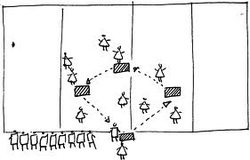 The purpose of this blog is to show one of the ways in which I strive to make student learning outcomes explicit at the beginning of a unit. This preassessment strategy involves the use of video, skill exploration, and the creation of a visual that is a collaborative effort between the students and the teacher. The focus of my grade 5 PE classes is now on striking and fielding over of the next several weeks. To help set a positive tone from the start of the unit, it was critical that I make the student learning clear and explicit. But, rather than rambling on and on about what they need to know and to be able to do, I used an approach that I have successfully used in the past. Today’s class was broken into 4 distinct parts, each one having a specific purpose. Part A I searched for a number of You Tube videos that highlighted great plays in baseball, cricket, and rounders. In total we watched about 6 or 7 minutes of video as an important introduction to the unit. Once the different video clips concluded and before moving on to the more physically active part B of the lesson, I asked them to think about the different skills they saw in the video and to begin to explore these skills using the equipment that was available to them that I had ready and prepared. Part B This part of the lesson was very hands on and allowed them to explore the different skills that they had seen in the video clips. As safety is always important, we discussed parameters in which they could explore and I set them off. They were free to work on their own, in pairs, or in small groups. To differentiate in regards to striking I had ready to go soft baseball bats, cricket bats, rounders bats, tennis rackets, and ping pong paddles. Why tennis rackets and ping pong paddles you might be wondering? It was more important to me, considering it was the beginning of the unit, to allow students the opportunity to explore any form of hitting with an object. In this initial phase it didn’t matter to me whether or not it was actually cricket, rounders, or baseball type striking. Using tennis rackets to hit soft balls and ping pong paddles to hit around table tennis balls still helps in narrowing their hand and eye coordination focus.
Part C In part three of the lesson, the students and I gathered together to have a discussion. I asked them to identify skills and big ideas that they felt were important to develop and learn more about in Striking & Fielding. I am very aware of the actual student learning outcomes that are focused on in our PE department’s scope and sequence, but I felt that through questioning I could get them tuned into what these may be and record their thoughts on a visual posted on the gym wall. I was sure to create the visual using kid friendly language to ensure that the students could really understand what was being presented to them. What’s great is that they ideas that they came up with aligned very closely to the student learning outcomes in our PE Department’s scope and sequence which I thought was going to be the case. I strongly believe that allowing the students to be involved in the process of identifying learning outcomes that they will have to meet is even more explicit in nature and helps to pave the way for a much better direction from the very start of the unit. Part D As a pre-assessment task the students had to show me what they learned from the class and to identify which learning outcome that they felt was going to give them most difficulty in the unit. This will provide me with important information to push their learning forward as we progress through the striking and fielding unit. All in all, a very good start! Have a look at their assessment sheets below. Thanks for reading.
7 Comments
Mark Cavanagh
8/19/2013 06:25:31 pm
This is excellent. I really like the idea of allowing the pupils to work out the learning outcomes for themselves. I get my students to do this for all activities. I have found that when asked what their learning objectives are they recall better due to the part they played in working out the objectives for themselves and like your pupils Andy they often meet the same objectives set out by the department. I think the visual chart in your post breaking down the four stages of your lesson is excellent. It's not over complicated and will allow others to copy the format to model outstanding practise. If its ok with you I will show this to my department on the 2nd September when my school starts again after the summer. We have an INSET day and this would be a great starting place for both new and older staff within my department.
Reply
Hey Mark, thanks for the feedback and great to know you are using the same approach. I think that there is so much benefit to the process and, as you indicated, they recall better due to the part they play in working it out. Through line of questioning, I can direct their toward understanding what the remaining SLOs are if they do not come up with them on their own.
Reply
Michel Xhauflair
8/19/2013 11:29:28 pm
Love it. It's true that your approach is definitely in the direction of "Education". Since years, you are an advocate for this philosophy of PE and we can see now that a lot of PE teachers jump on it. Yesterday during the hangout with Jo Bailey, I explained that during my career I was so frustrated not to have good workshop opportunities. With your blog and other PE websites on the net, the PEPLC, etc.... we are not alone anymore and ideas can be spread all around as it has never been in the past.
Reply
8/20/2013 10:41:30 am
Michael, so happy to see you are up and running with your PEPLC group. You are lucky to have Jo Bailey as part of your group and your group is lucky to have you a part of it. I know that you and I have spoken, by email, quite a few times in the past and I can see how devoted you are to professional growth. As you mention, reflection with kids is so valuable and I love sharing how I get them to do this in a variety of ways. Thanks for always being in touch and best of luck with PEPLC.
Reply
8/20/2013 12:17:26 am
I really like this idea Andy, and it shows how much you and the kids are asked to consider what they are doing and recognise the aims and outcomes of any given unit. In the effort to give a little bit of advice (although I am not sure how much you need it), I remember looking at unit of games-making and using striking and fielding games as the focus. I was talking to Peter Hastie about this and we suggested that striking and fielding games are really a form of target game inasmuch as you have to hit an object with another object. We got on to a discussion about the different difficulties involved in such games and came up with the idea that the easiest games were those were the striker and the object were stationary - so - an archer hitting a target. This was made more complicated if either of these objects were moving and then the highest degree of complexity occurred when both the striker and the target are moving. This idea can be transferred to many different types of games...so a penalty is - in theory - easier to score that a header in football due to the movement of so many 'objects'. If this is applied to this type of striking and fielding game then serving in tennis should be easier than a running groundstroke etc. This concept can then be used to differentiate in the game and if the kids understand this then it helps them to modify different aspects of the game to make it easier or harder.
Reply
8/20/2013 10:39:03 am
Very much appreciate your feedback. Would really like to discuss your ideas further. I have always pedagogically grappled with teaching certain units in PE. When I came to my school here in Nanjing, these units were already in place, but I see so much pedagogical value broadening the vision of units such as Striking and Fielding to include other critical conceptual awareness and application. Really want to discuss this in person with you next time we speak on Skype. Need your advice on opening up a curriculum more. Thanks Ash.
Reply
Mel
6/23/2015 01:07:05 pm
Hi Andy, do you have the activities that subsequently follow this introduction lesson? I'm a first time P.E teaching and really trying to find my feet with what works, I'm planning for Term 3 (Australia)
Reply
Leave a Reply. |
AuthorKAUST Faculty, Pedagogical Coach. Presenter & Workshop Leader.IB Educator. #RunYourLife podcast host. Archives
September 2022
|
- Welcome
- All Things Teaching and Learning
- The Aligned Leader Blog
- Consulting and Coaching Opportunities
- My TED X Talk
- My Leadership Blog
- Run Your Life Podcast Series
- How PYP PE with Andy Has Helped Others
- Good Teaching is L.I.F.E
- The Sportfolio
- Example Assessment Tasks
- PYP Attitude Posters (printable)
- Publications

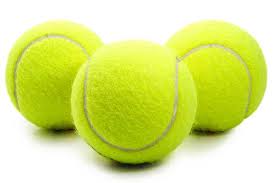
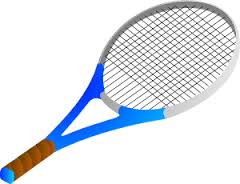
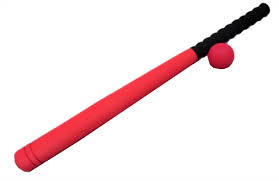

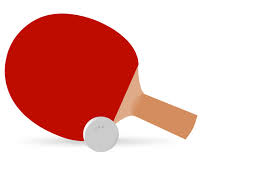

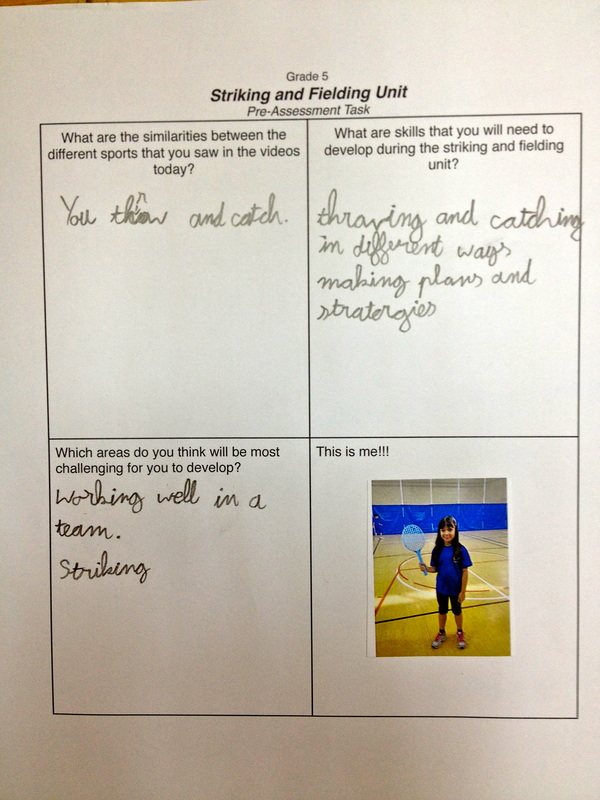
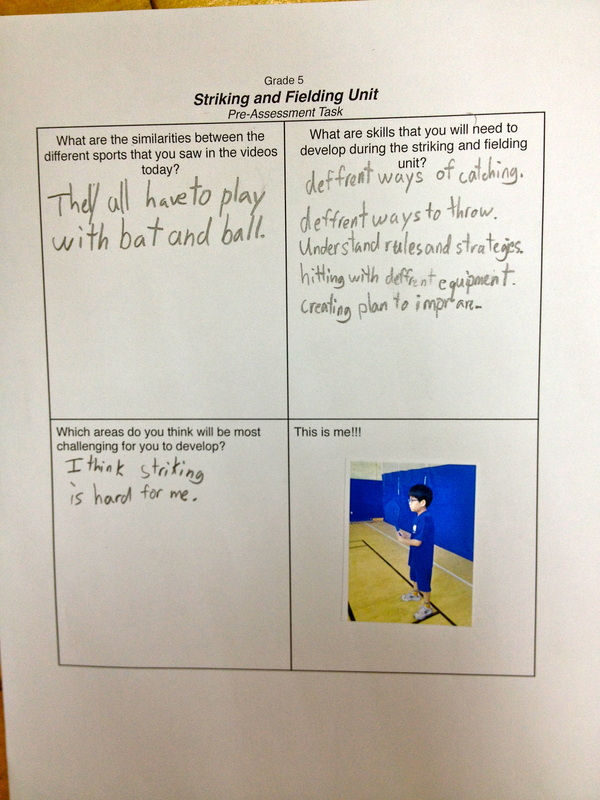
 RSS Feed
RSS Feed
